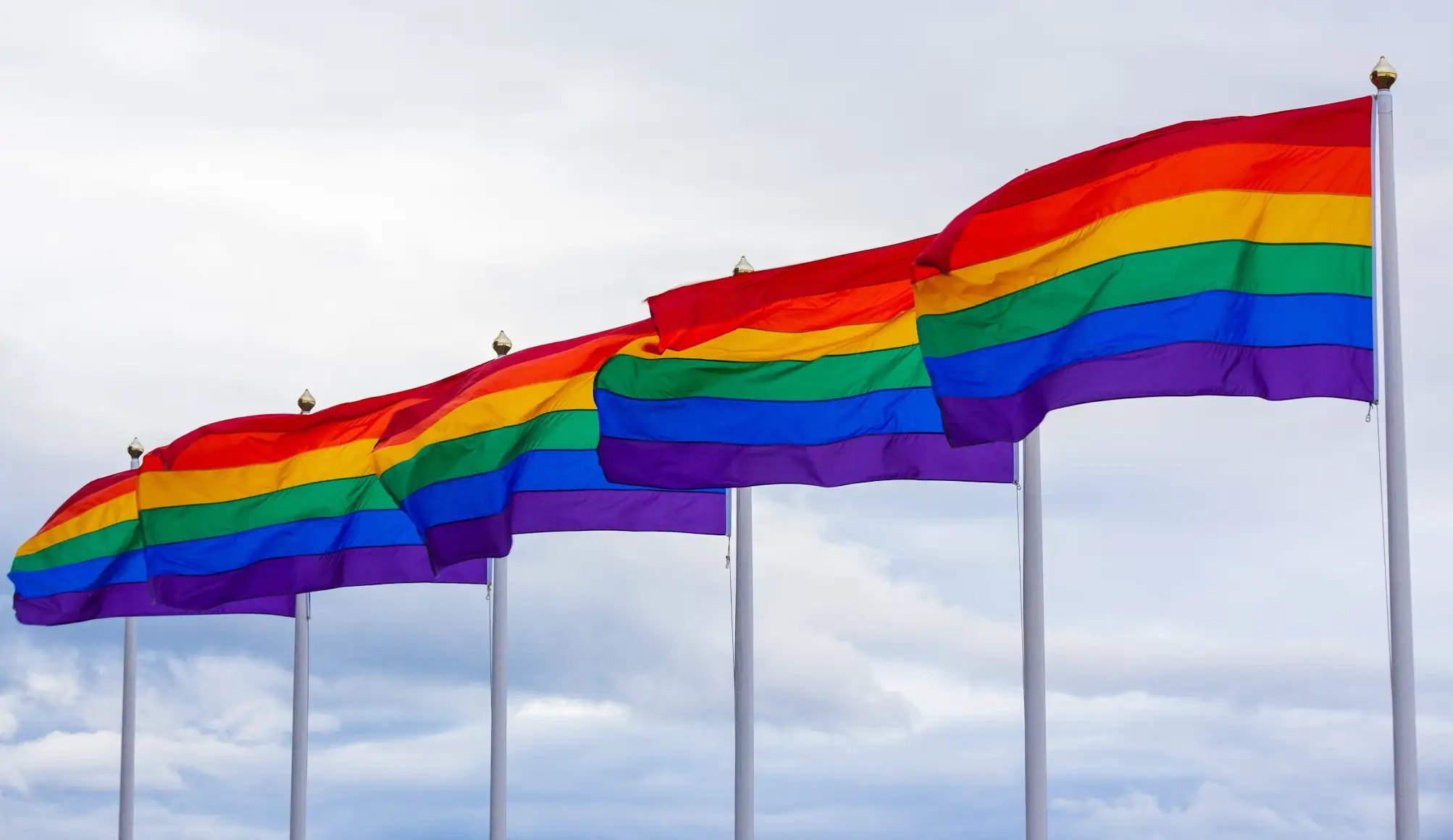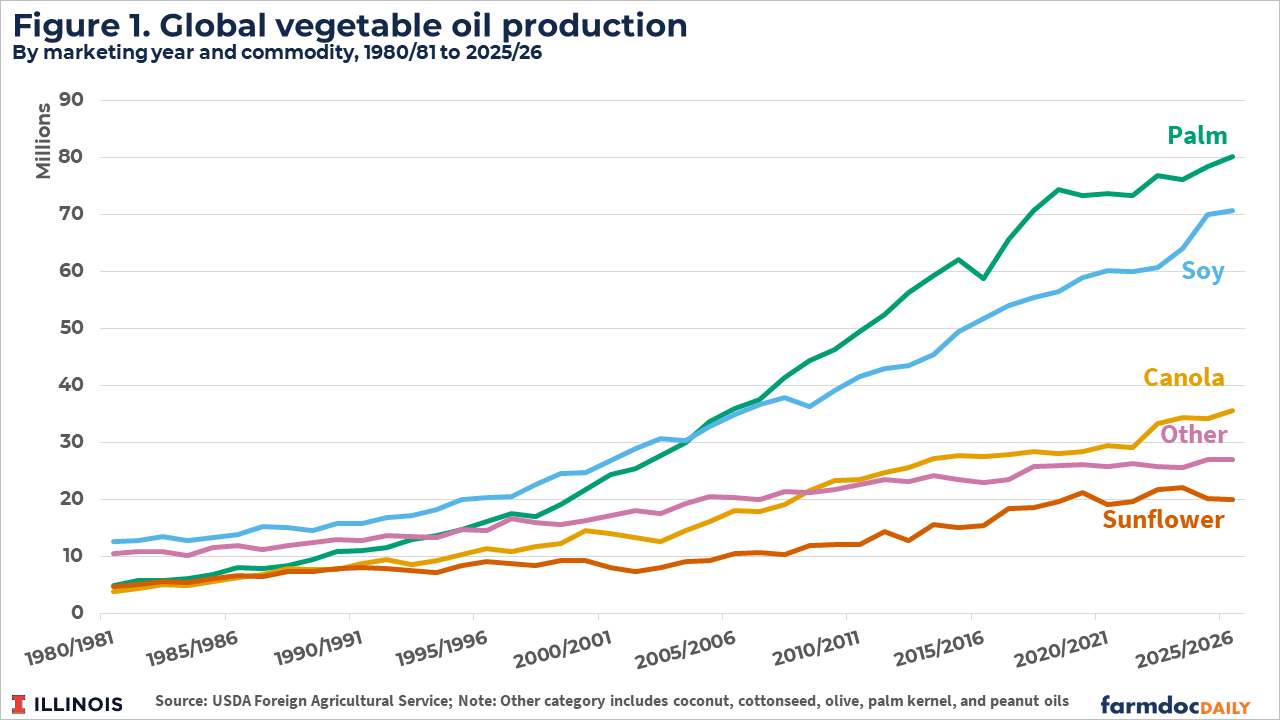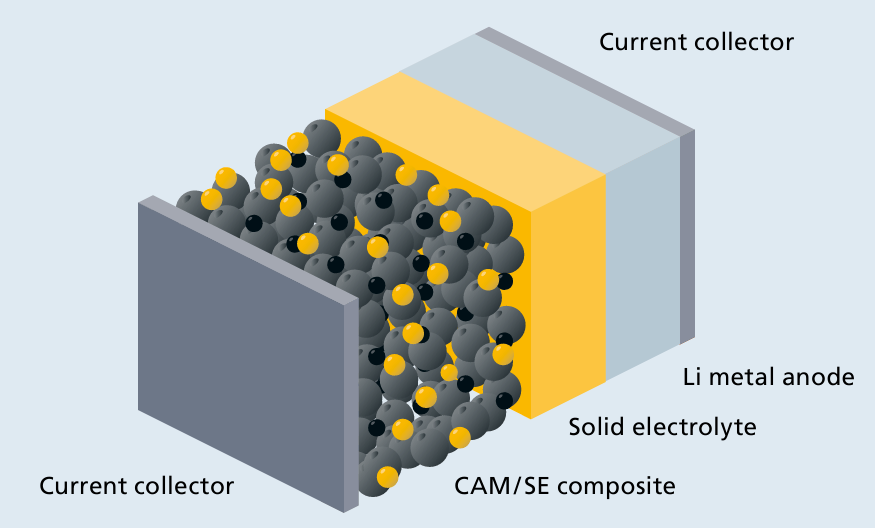Promote just, peaceful and inclusive societies
The UN explains: Goal 16 of the Sustainable Development Goals is dedicated to the promotion of peaceful and inclusive societies for sustainable development, the provision of access to justice for all, and building effective, accountable institutions at all levels.
This aims to promote peaceful societies at national levels, as well as the role of cooperation at the international level.
You can find further details on the topics aligned to peace, cooperation and justice in the Our World in Data entries on War and Peace, Terrorism, Military Spending, Nuclear Weapons, Homicides, Human Rights, Corruption and Violence Against & Rights for Children.
The UN has defined 12 Targets and 23 Indicators for SDG 16. Targets specify the goals and Indicators represent the metrics by which the world aims to track whether these Targets are achieved. Below we quote the original text of all Targets and show the data on the agreed Indicators.
How is the world doing on this goal?
Target 16.1: Reduce violence everywhere
UN definition: Significantly reduce all forms of violence and related death rates everywhere.
Intentional homicides
Definition: Indicator 16.1.1 is the number of victims of intentional homicide per 100,000 population, by sex and age.
Intentional homicides are estimates of unlawful homicides purposely inflicted as a result of domestic disputes, interpersonal violence, violent conflicts over land resources, intergang violence over turf or control, and predatory violence and killing by armed groups.
Goal: Significantly reduce all forms of violence and related death rates across all countries by 2030.
There is no defined target level of reduction for this indicator.
More research: Further data and research can be found at the Our World in Data entry on Homicides.
Additional charts:
Homicide rates by age
Number of homicide deaths
Number of homicide deaths by age
Conflict-related deaths
Definition: Indicator 16.1.2 is conflict-related deaths per 100,000 population, by sex, age and cause.
Conflict-related deaths is the number of deaths per 100,000 people from war, conflict and terrorism-related deaths.
Goal: Significantly reduce all forms of violence and related death rates across all countries by 2030.
There is no defined target level of reduction for this indicator.
More research: Further data and research can be found at the Our World in Data entries on Terrorism and War and Peace.
Additional charts:
Deaths from terrorism
State-based battle-related deaths
Violent deaths from conflict
Prevalence of all forms of violence
Definition: Indicator 16.1.3 is the proportion of population subjected to (a) physical violence, (b) psychological violence and (c) sexual violence in the previous 12 months.
Goal: Significantly reduce all forms of violence and related death rates across all countries by 2030.
There is no defined target level of reduction for this indicator.
Target 16.2: Protect children from abuse, exploitation, trafficking and violence
UN definition: End abuse, exploitation, trafficking and all forms of violence against and torture of children.
Violence against children
Definition: Indicator 16.2.1 is the proportion of children aged 1–17 years who experienced any physical punishment and/or psychological aggression by caregivers in the past month.
Data for this indicator measures the percentage of children aged 14 years and younger who experienced violence from a caregiver in the previous month. Data on violence to adolescents older than 14 years, or violence outside of the home is not available.
Goal: Protect children from abuse, exploitation, trafficking and violence across all countries by 2030.
More research: Further data and research can be found at the Our World in Data entry on Violence Against & Rights for Children.
Human trafficking
Definition: Indicator 16.2.2 is the number of victims of human trafficking per 100,000 population.
Data for this indicator measures the prevalence of human trafficking in females and males for those aged 18 years and younger, and those over 18 years.
Goal: Protect children from abuse, exploitation, trafficking and violence across all countries by 2030.
More research: Further data and research can be found at the Our World in Data entry on Violence Against & Rights for Children.
Sexual violence against young men and women
Definition: Indicator 16.2.3 is the proportion of young women and men aged 18–29 years who experienced sexual violence by age 18.
Data for this indicator is provided as the proportion of women and men aged 18-29 years old who experienced sexual violence before the age of 18; this data is however very limited.
The definition of sexual violence is broader than forced sex, however additional data coverage on forced sex (despite not being the official indicator) is also provided for additional context.
Goal: Protect children from abuse, exploitation, trafficking and violence across all countries by 2030.
More research: Further data and research can be found at the Our World in Data entry on Violence Against & Rights for Children.
Target 16.3: Promote the rule of law and ensure equal access to justice
UN definition: Promote the rule of law at the national and international levels and ensure equal access to justice for all.
Unsentenced detainees
Definition: Indicator 16.3.2 is unsentenced detainees as a proportion of overall prison population.
This indicator measures the total number of persons held in detention who have not yet been sentenced, as a percentage of the total number of persons held in detention, on a specified date.
Goal: Ensure equal access to justice for all across all countries by 2030.
Dispute resolution
Definition: Indicator 16.3.3 is proportion of the population who have experienced a dispute in the past two years and who accessed a formal or informal dispute resolution mechanism, by type of mechanism.
Goal: Ensure equal access to justice for all across all countries by 2030.
Target 16.4: Combat organized crime and illicit financial and arms flows
UN definition: By 2030, significantly reduce illicit financial and arms flows, strengthen the recovery and return of stolen assets and combat all forms of organized crime.
Illicit financial flows
Definition: Indicator 16.4.1 is the total value of inward and outward illicit financial flows.
Goal: Significantly reduce illicit financial and arms flows across all countries by 2030.
Seized or surrendered arms
Definition: Indicator 16.4.2 is the proportion of seized, found or surrendered arms whose illicit origin or context has been traced or established by a competent authority.
Goal: Strengthen the recovery and return of stolen assets and combat all forms of organized crime across all countries by 2030.
Target 16.5: Substantially reduce corruption and bribery
UN definition: Substantially reduce corruption and bribery in all their forms.
Bribery prevalence
Definition: Indicator 16.5.1 is the proportion of persons who had at least one contact with a public official and who paid a bribe to a public official, or were asked for a bribe by those public officials, during the previous 12 months.
Goal: Substantially reduce corruption and bribery in all their forms across all countries by 2030.
There is no defined target level for this indicator.
More research: Further data and research can be found at the Our World in Data entry on Corruption.
Bribery in business
Definition: Indicator 16.5.2 is the proportion of businesses that had at least one contact with a public official and that paid a bribe to a public official, or were asked for a bribe by those public officials during the previous 12 months.
Bribery incidence is the percentage of firms experiencing at least one bribe payment request across 6 public transactions dealing with utilities access, permits, licenses, and taxes.
Goal: Substantially reduce corruption and bribery in all their forms across all countries by 2030.
There is no defined target level for this indicator.
More research: Further data and research can be found at the Our World in Data entry on Corruption.
Target 16.6: Develop effective, accountable and transparent institutions
UN definition: Develop effective, accountable and transparent institutions at all levels.
Governmental expenditures within budgets
Definition: Indicator 16.6.1 is primary government expenditures as a proportion of original approved budget, by sector (or by budget codes or similar).
Goal: Develop effective, accountable and transparent institutions at all levels by 2030.
Satisfaction with public services
Definition: Indicator 16.6.2 is the proportion of population satisfied with their last experience of public services.
Goal: Develop effective, accountable and transparent institutions at all levels by 2030.
Target 16.7: Ensure responsive, inclusive and representative decision-making
UN definition: Ensure responsive, inclusive, participatory and representative decision-making at all levels.
Representation in public institutions
Definition: Indicator 16.7.1 is the proportions of positions (by sex, age, persons with disabilities and population groups) in public institutions (national and local legislatures, public service, and judiciary) compared to national distributions.
Goal: Ensure responsive, inclusive, participatory and representative decision-making at all levels by 2030.
Inclusive decision-making
Definition: Indicator 16.7.2 is the proportion of population who believe decision-making is inclusive and responsive, by sex, age, disability and population group.
Goal: Ensure responsive, inclusive, participatory and representative decision-making at all levels by 2030.
Target 16.8: Strengthen the participation in global governance
UN definition: Broaden and strengthen the participation of developing countries in the institutions of global governance.
Developing country participation in international organizations
Definition: Indicator 16.8.1 is the proportion of members and voting rights of developing countries in international organizations.
This indicator is measured by the proportion of membership from developing countries across a range of international organizations, and the proportion of voting rights each country is allocated across such organizations.
Goal: Broaden and strengthen the participation of developing countries in the institutions of global governance by 2030.
Target 16.9: Provide universal legal identity
UN definition: By 2030, provide legal identity for all, including birth registration.
Birth registration
Definition: Indicator 16.9.1 is the proportion of children under 5 years of age whose births have been registered with a civil authority.
Completeness of birth registration is the percentage of children under age 5 whose births were registered at the time of the survey.
The numerator of completeness of birth registration includes children whose birth certificate was seen by the interviewer or whose mother or caretaker says the birth has been registered.
Goal: Provide legal identity for all by 2030.
This requires universal birth registration in all countries by 2030.
Target 16.10: Ensure public access to information and protect fundamental freedoms
UN definition: Ensure public access to information and protect fundamental freedoms, in accordance with national legislation and international agreements.
Journalist and media killings
Definition: Indicator 16.10.1 is the number of verified cases of killing, kidnapping, enforced disappearance, arbitrary detention and torture of journalists, associated media personnel, trade unionists and human rights advocates in the previous 12 months.
Data is available for the number of homicides on journalists or other media personnel, given as the total number in a given country and breakdown by gender.
Goal: Protect fundamental freedoms across all countries by 2030.
Target 16.A: Strengthen national institutions to prevent violence and combat crime and terrorism
UN definition: Strengthen relevant national institutions, including through international cooperation, for building capacity at all levels, in particular in developing countries, to prevent violence and combat terrorism and crime.
National human rights institutions
Definition: Indicator 16.A.1 is the existence of independent national human rights institutions in compliance with the Paris Principles.
Data reflects compliance of existing national human rights institutions with the Principles relating to the Status of National Institutions (The Paris Principles) based on the rules of procedure of the Global Alliance of National Human Rights Institutions (GANHRI).
Goal: Strengthen relevant national institutions for building capacity at all levels, to prevent violence and combat terrorism and crime across all countries by 2030.
Target 16.B: Promote and enforce non-discriminatory laws and policies
UN definition: Promote and enforce non-discriminatory laws and policies for sustainable development.
Public discrimination
Definition: Indicator 16.B.1 is the proportion of population reporting having personally felt discriminated against or harassed in the previous 12 months on the basis of a ground of discrimination prohibited under international human rights law.
Goal: Promote and enforce non-discriminatory laws and policies for sustainable development across all countries by 2030.

























































/environment-climate-change-and-health-(ech)/water-sanitation-hygiene-and-health-(wsh)/landfill-tuvalu-36092.tmb-1200v.jpg?sfvrsn=5c21fe40_1#)






